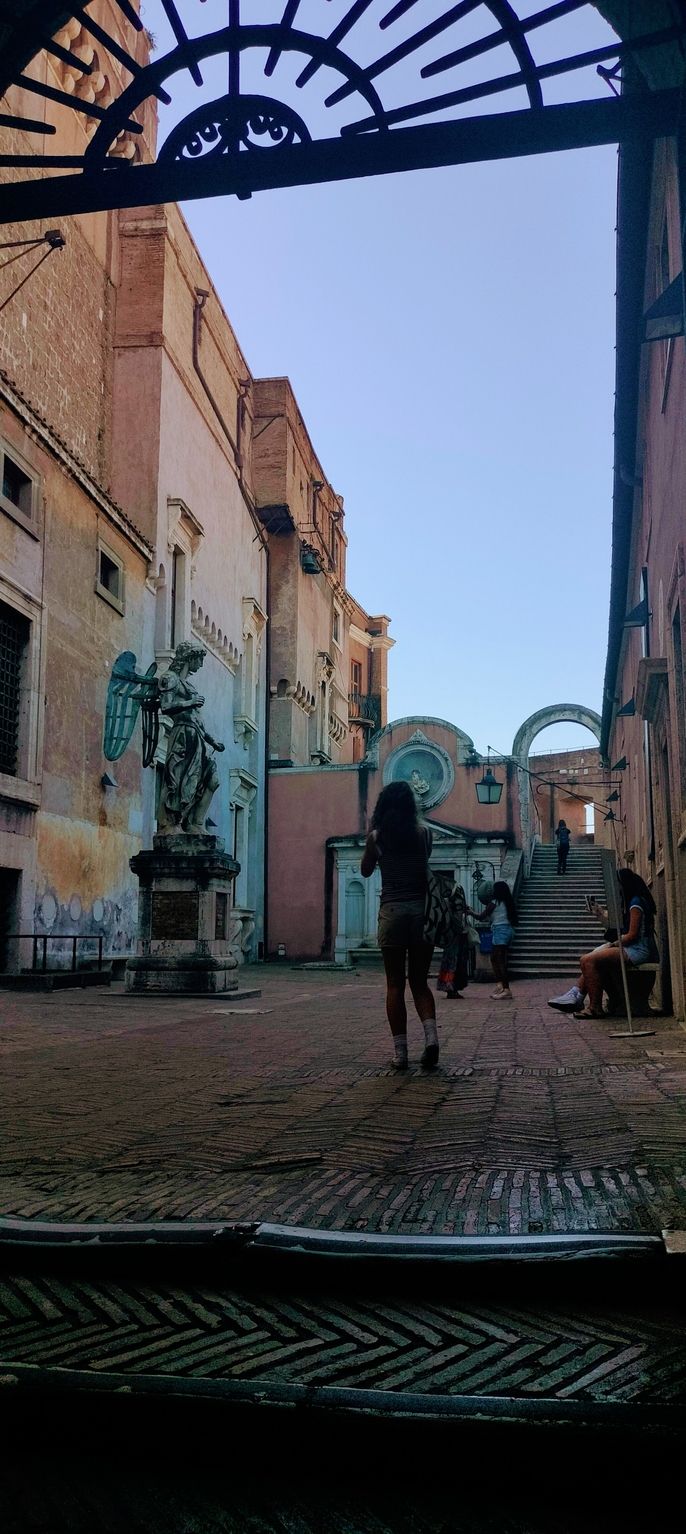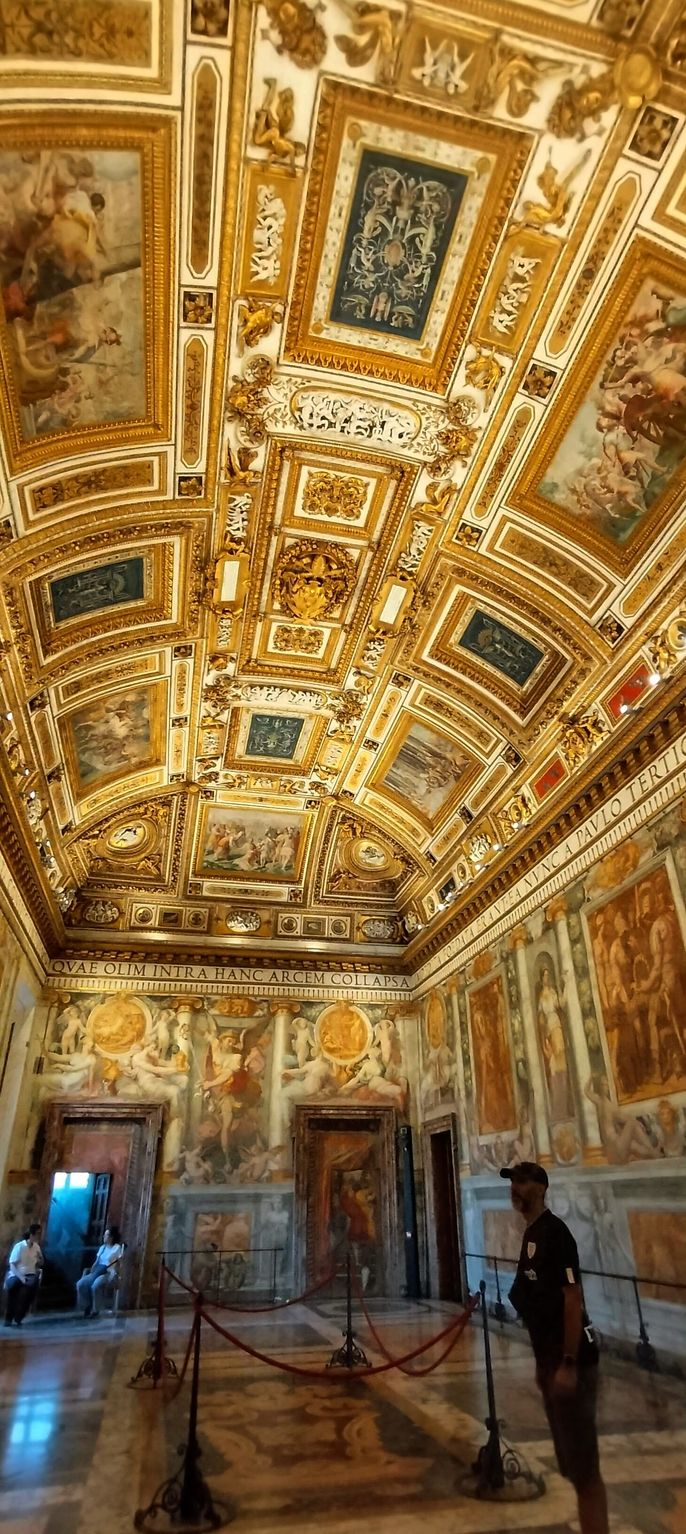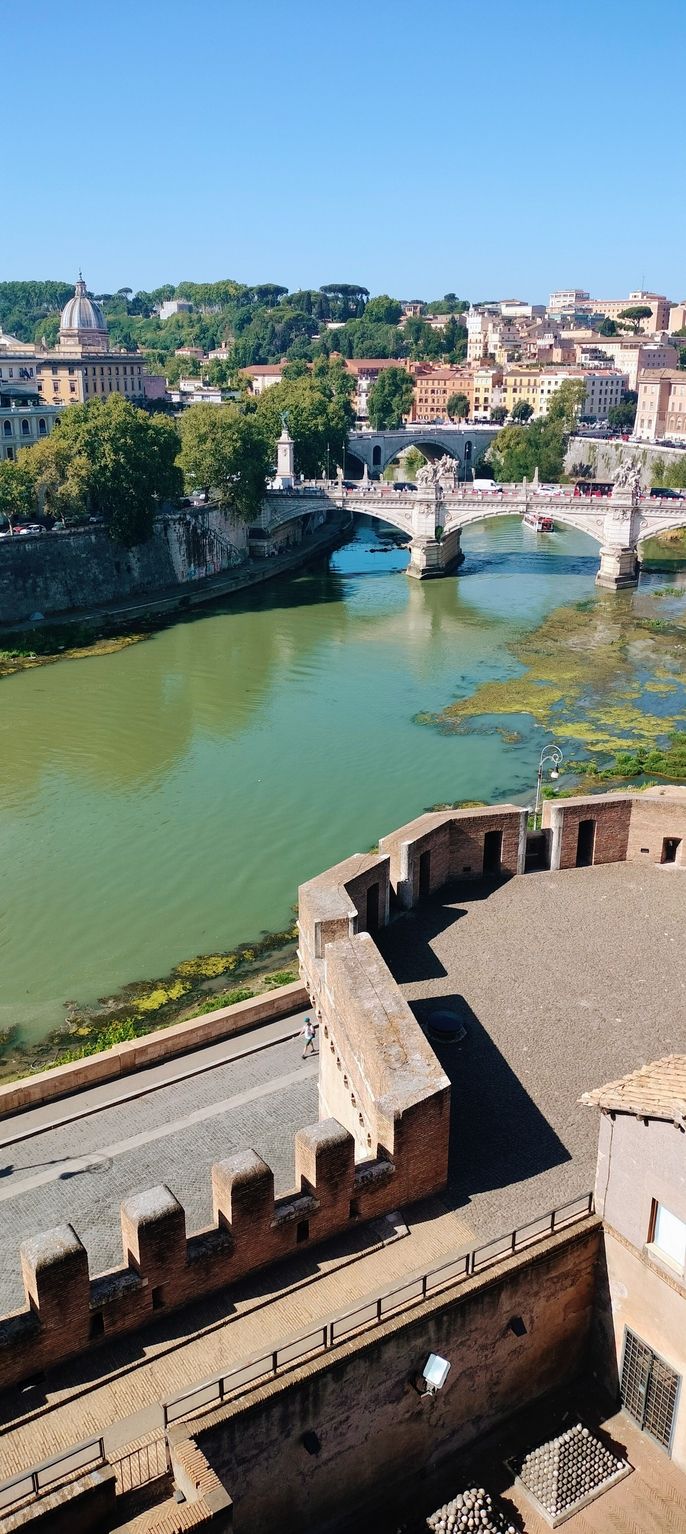Our intriguing visit to Castel Sant'Angelo
Today we got to now the fascinating story of Castel Sant'Angelo.
We entered and were easily amazed by the aura that the building emanated: at first its wide and gloomy corridors made us feel like we were walking inside the haunted dungeons of a castle.
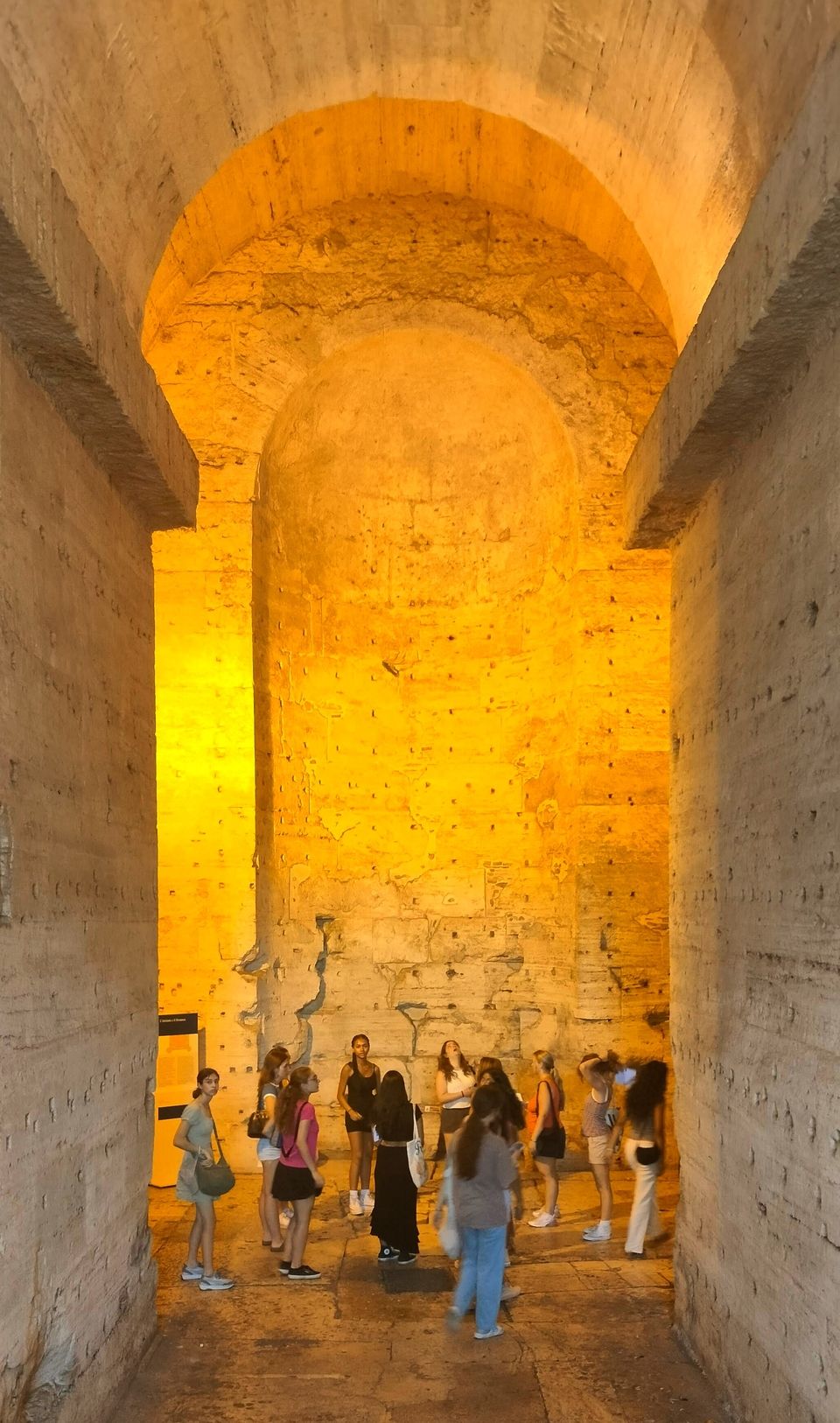
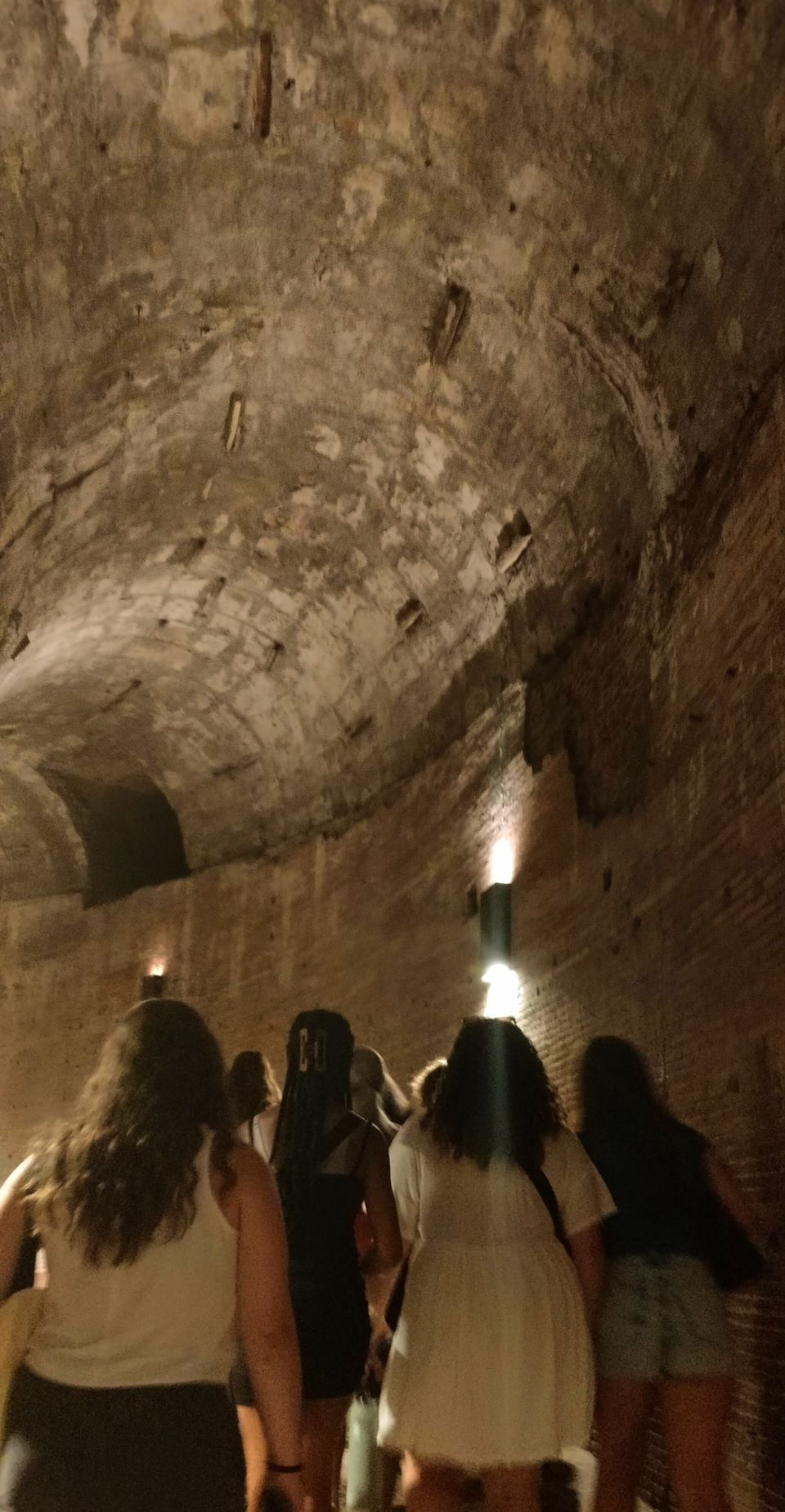
But when we reached the upper floors the atmosphere changed and the students, following the activity designed by our instructors, began to wander around the castle, discovering its story and enjoying the nice view.
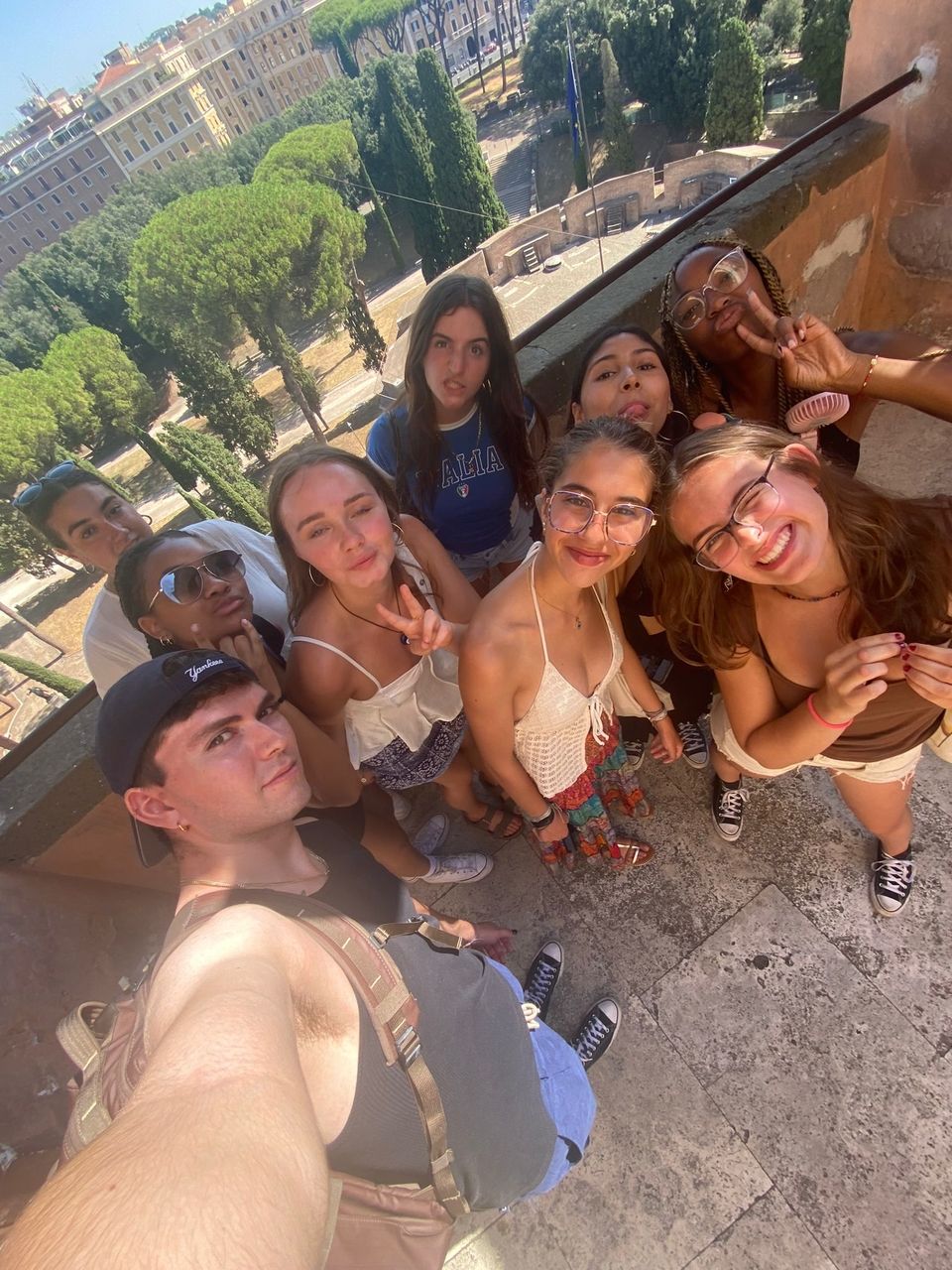
Originally the building was built to serve as a funerary mausoleum for the emperor Hadrian and his family (a building process that lasted from 135 to 139 AD).
From here it was named Mole Adrianorum, the first of several names to which the castle will be associated.
Later (from 409 AD) the function of the castle changed with the emperor Honorius, who included the castle in the Aurelian Walls, and therefore made it become a fortilice.
In fact, as we have seen, on the towers there are still many remains of the armaments used to defend the city (such as cannons, cannonballs, catapults).

But perhaps, the thing that most intrigued us is where the name of this castle comes from.
As already mentioned, due to its various owners, the castle has had many names, but the most used is Castel Sant'Angelo.
In 590 AD Pope Gregory I, during a pestilential procession, had a vision of the Archangel Michael, on the peak of the castle, sheathing his sword. The Pope interpreted the vision as the announcing sign of the plauge's ending, and so it happened.
It is precisely for this reason that when we climbed to the top of the castle, from the large terrace we could admire not only all of Rome, but also the statue of the archangel that dominates the building, with its grandeur.

At the end of the visit we were all a little bit tired because, to explore this enormous building, we had to climb lots of stairs! But it was worth it and our students enjoyed every second of it.
Related Posts
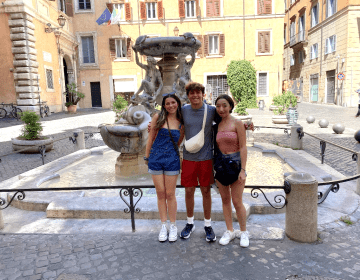
Inside Jokes, Outside Comfort Zones: A Glimpse into CIEE Rome’s Language & Culture Program
This blog was written by Lauren Fosnight, the World Language Curriculum Editor for CIEE's High School Summer Abroad programs. Using Music to Bring Students Together During my visit to CIEE's... keep reading
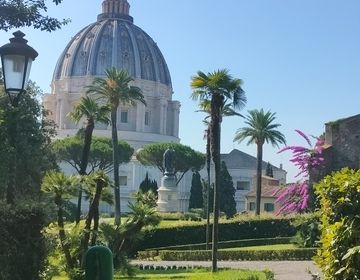
The Vatican Gardens and the Sistine Chapel all in one morning!
Entering the Vatican Gardens wasn't as difficult as imagined: there was a long line but it was a matter of a few seconds and we were inside, with our tickets... keep reading

Un Giorno a Tivoli
Our first Saturday in Italy was spent exploring a city older than Rome itself: Tivoli! This town was established in 338 BC and is home to about 55,000 people. How... keep reading
